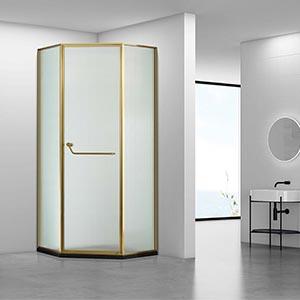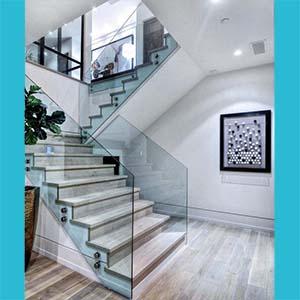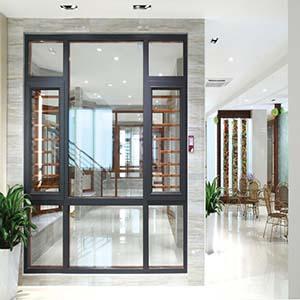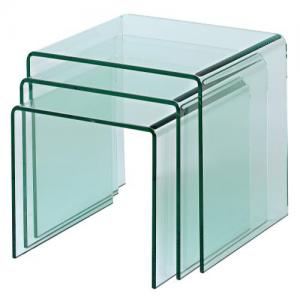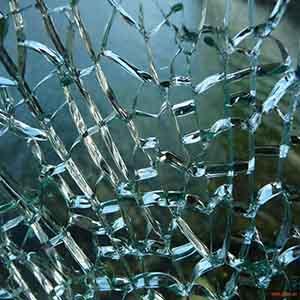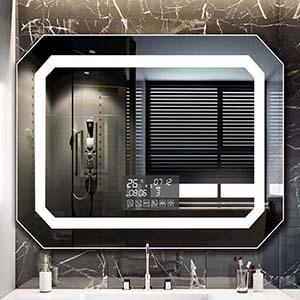Description
Vacuum glass is the process of sealing two flat glass sheets around them and then vacuuming the gaps between them. Without air in the space, there is no heat conduction or convection, providing super insulation and sound insulation. The gap between glass is usually 0.1mm-0.3mm.
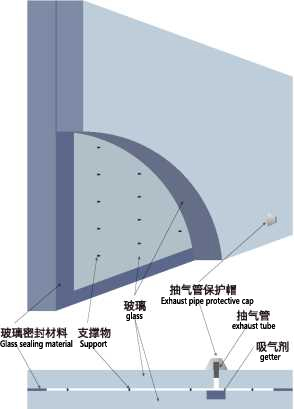
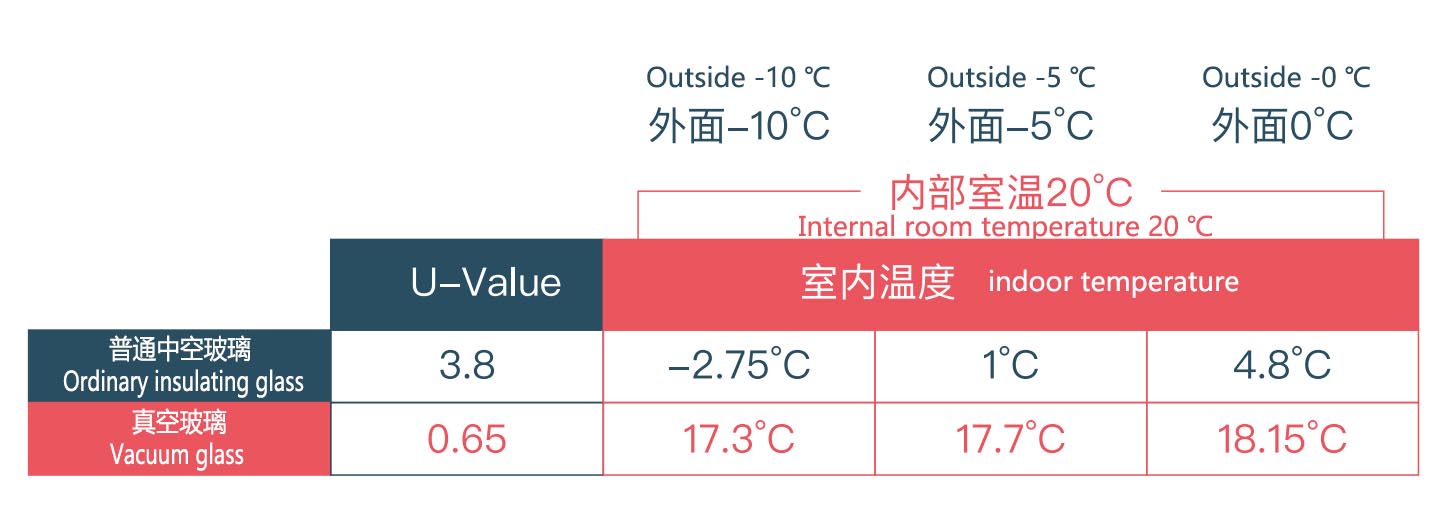
Application of Vacuum Glass in Cold Chain
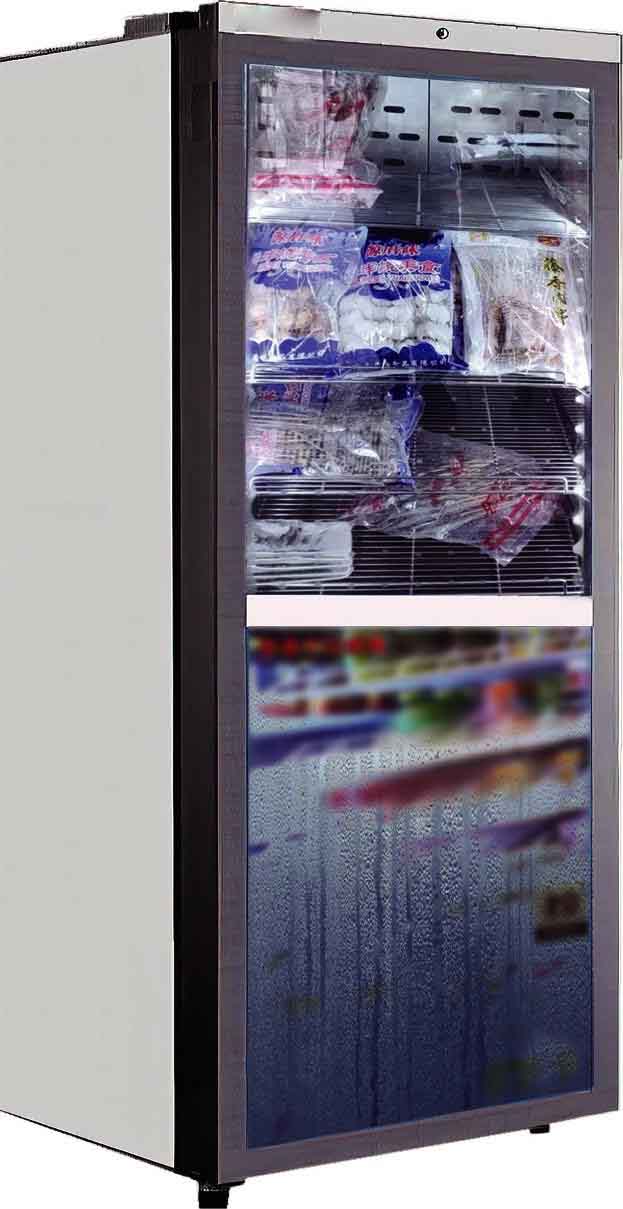
Advantages of Vacuum Glass Over Traditional Insulation Methods
Vacuum glass, also known as vacuum insulated glass (VIG), represents a significant advancement in insulation technology. Unlike traditional insulation methods, such as double glazing or foam insulation, vacuum glass offers superior thermal and acoustic insulation. This article explores the advantages of vacuum glass over traditional insulation methods, highlighting its benefits in terms of energy efficiency, noise reduction, durability, and overall performance.
Understanding Vacuum Glass
Vacuum glass consists of two or more glass panes separated by a vacuum or a low-pressure gas-filled space. The primary components of vacuum glass include:
Glass Panes: Typically made from high-quality, tempered glass to ensure strength and durability.
Vacuum Layer: The space between the glass panes is evacuated to create a vacuum, which significantly reduces heat transfer.
Edge Seals: Airtight seals around the edges maintain the vacuum and prevent gas leakage.
Support Pillars: Tiny pillars placed between the panes prevent the glass from collapsing under atmospheric pressure, ensuring structural integrity.
Advantages of Vacuum Glass
1. Superior Thermal Insulation
One of the most significant benefits of vacuum glass is its exceptional thermal insulation. Traditional insulation methods, such as double or triple glazing, rely on air or inert gases like argon or krypton between the panes to reduce heat transfer. However, these gases still allow some degree of conduction and convection. In contrast, vacuum glass virtually eliminates these modes of heat transfer because the vacuum layer lacks air molecules, providing superior insulation [1].
This superior thermal performance helps maintain indoor temperatures, reducing the need for heating in the winter and cooling in the summer. As a result, buildings with vacuum glass can achieve significant energy savings, leading to lower utility bills and a reduced carbon footprint.
2. Enhanced Noise Reduction
Vacuum glass offers excellent soundproofing properties, making it an ideal choice for buildings in noisy environments, such as near highways, airports, or urban centers. Traditional insulation methods can reduce noise, but vacuum glass is more effective because the vacuum layer disrupts sound transmission by eliminating the medium (air) through which sound waves travel [2].
This enhanced noise reduction creates a quieter and more comfortable indoor environment, improving the quality of life for occupants and increasing productivity in commercial settings.
3. Space and Weight Efficiency
Vacuum glass has a slimmer profile compared to traditional insulation methods, making it suitable for applications where space or aesthetic considerations are important. Despite its slim design, vacuum glass provides better insulation than thicker double or triple glazing. This space efficiency is particularly beneficial in retrofitting historic buildings, where preserving the original appearance is crucial [3].
Additionally, vacuum glass is lighter than traditional insulated glass, reducing the load on building structures and making installation easier. This weight efficiency also contributes to improved energy efficiency in transportation applications, such as in the automotive and aerospace industries, where reducing weight is critical for performance and fuel economy.
4. Durability and Longevity
Vacuum glass is designed to be durable and long-lasting. The vacuum seal and support pillars ensure structural integrity and resistance to atmospheric pressure changes. Unlike traditional insulation methods that may degrade over time, vacuum glass maintains its performance for longer periods [4].
Advancements in sealing materials and manufacturing techniques have further enhanced the durability of vacuum glass, making it a reliable choice for long-term applications. This durability reduces the need for frequent replacements or maintenance, leading to cost savings over the lifespan of the building or product.
5. Environmental Benefits
The superior thermal performance of vacuum glass contributes to significant energy savings, which in turn reduces greenhouse gas emissions. By minimizing the need for heating and cooling, vacuum glass helps lower the overall energy consumption of buildings, contributing to a more sustainable and environmentally friendly built environment [5].
Moreover, vacuum glass can be recycled at the end of its life cycle, further enhancing its environmental credentials. The use of recyclable materials in the production of vacuum glass aligns with the principles of a circular economy, promoting resource efficiency and reducing waste.
6. Versatility in Applications
Vacuum glass is versatile and can be used in a wide range of applications, from residential and commercial buildings to transportation and industrial settings. Its slim profile, lightweight nature, and superior performance make it an ideal choice for various industries.
Residential Buildings: In homes, vacuum glass improves energy efficiency and comfort by maintaining stable indoor temperatures and reducing noise.
Commercial Buildings: In offices and retail spaces, vacuum glass enhances indoor comfort, reduces energy costs, and improves acoustic performance.
Historic Buildings: Vacuum glass is ideal for retrofitting historic buildings, as it provides modern insulation benefits without altering the original appearance.
Automotive Industry: Vacuum glass improves vehicle insulation and noise reduction, enhancing passenger comfort and fuel efficiency.
Aerospace and Transportation: In aircraft and high-speed trains, vacuum glass offers superior thermal and acoustic insulation while contributing to weight reduction [6].
Conclusion
Vacuum glass represents a significant advancement in insulation technology, offering numerous advantages over traditional insulation methods. Its superior thermal insulation, enhanced noise reduction, space and weight efficiency, durability, environmental benefits, and versatility make it an ideal choice for various applications.
As the demand for energy-efficient and Sustainable building solutions continues to grow, vacuum glass is poised to play a crucial role in meeting these needs. By adopting vacuum glass, we can create more comfortable, energy-efficient, and environmentally friendly spaces, contributing to a greener future.
 English
English Russian
Russian


